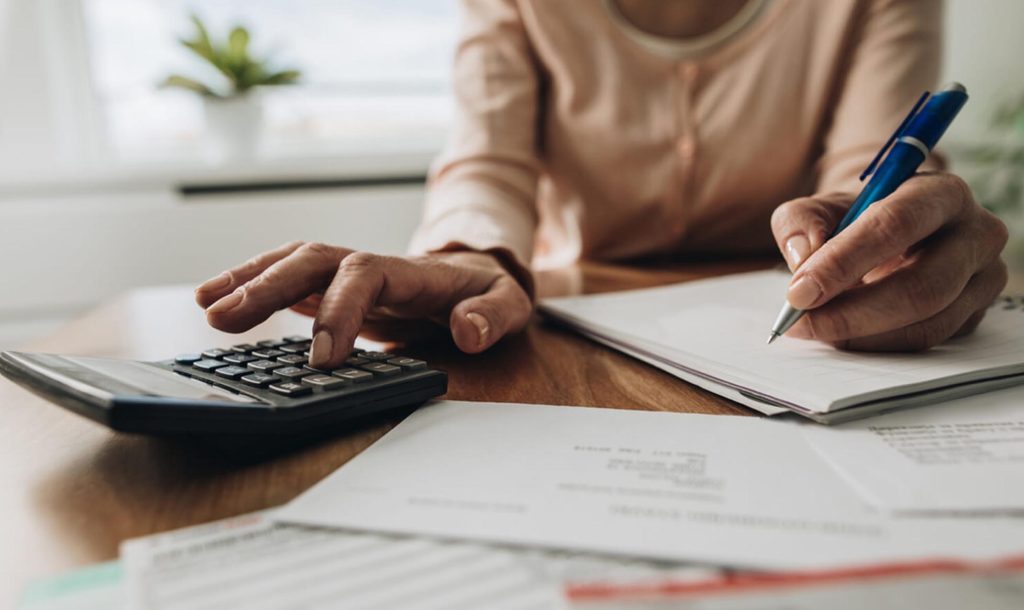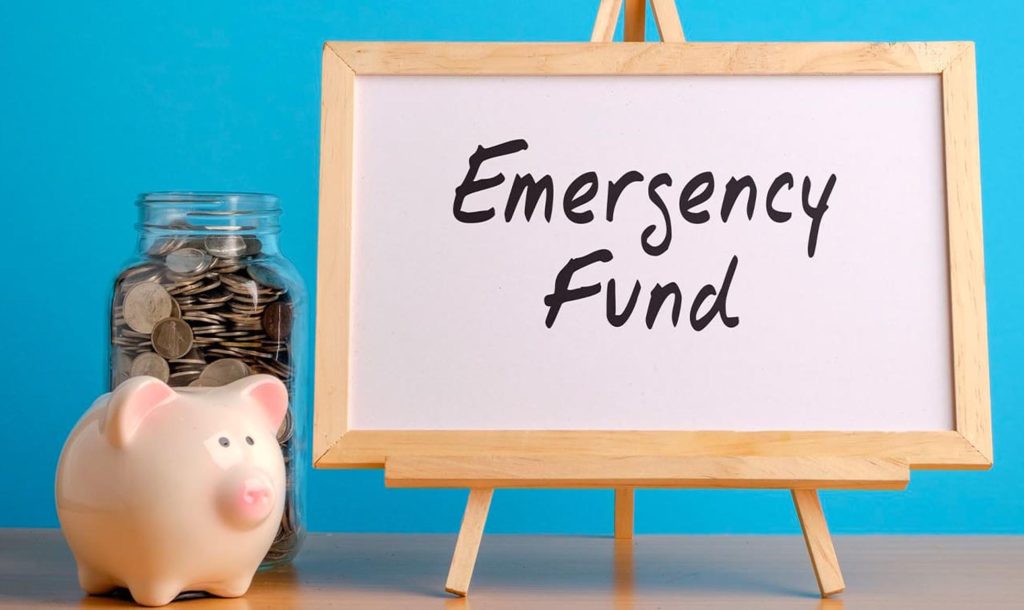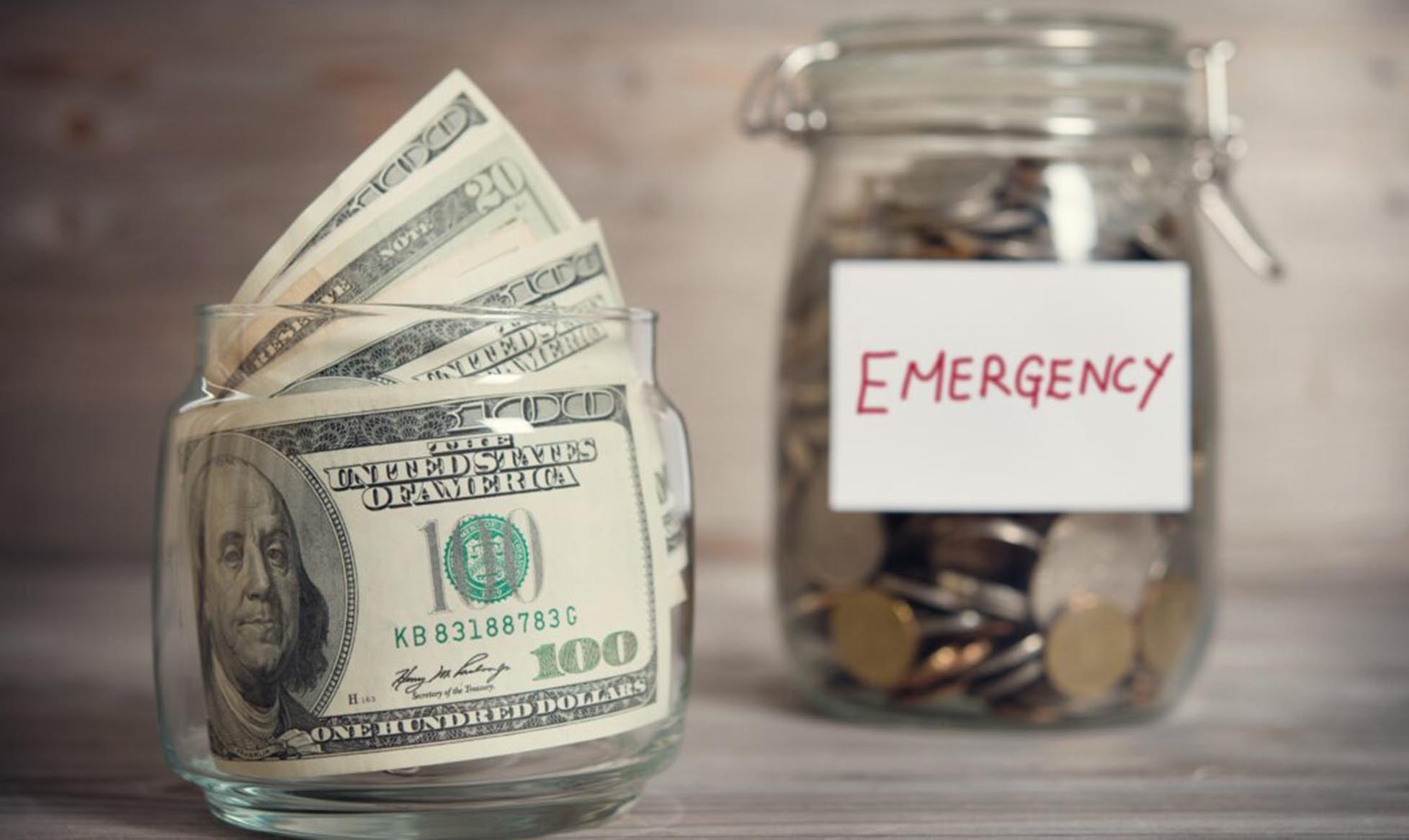Setting Up an Emergency Fund: How to Ensure Financial Security and Stay Calm in the Face of Unexpected Situations
In our daily lives, unexpected events and emergencies are always unpredictable. It could be a sudden natural disaster, an unexpected health issue, a sudden job loss, or unexpected expenses that arise. These uncontrollable factors can disrupt our lives at any given moment, making an emergency fund all the more crucial. An emergency fund is a reserve of money set aside specifically for emergencies, designed to help you navigate difficult situations and avoid financial crises when needed. In today’s uncertain world, setting up an appropriate emergency fund not only brings a sense of security to your life but also provides you with time to adjust and manage when an emergency arises.
1. Why Everyone Should Have an Emergency Fund
Uncertainty in life constantly impacts us. Health problems, sudden family emergencies, job-related changes, or even the failure of old equipment can become significant stressors. Without an emergency fund as a backup, we may end up in deeper financial trouble during a short-term crisis and might resort to relying on credit cards or loans to manage immediate expenses, eventually falling into a vicious cycle. The emergency fund exists to prevent such situations; it serves as a financial shield against sudden situations, ensuring that we don’t panic when faced with an emergency expenditure.
2. Step 1: Evaluate Your Monthly Expenses
To set up a suitable emergency fund, the first step is to understand your monthly living expenses. When evaluating your expenses, it’s important to account for both fixed costs (such as rent, utilities, and insurance) and occasional non-fixed expenses, such as daily meals, transportation, entertainment, and other discretionary spending. Accurately understanding your total monthly expenses is the foundation for determining the right amount for your emergency fund.
Generally, it’s recommended to set aside an emergency fund that covers three to six months’ worth of living expenses. This ensures that if an unexpected event leads to a loss of income, you can at least maintain your lifestyle for several months while figuring out a new solution. For individuals with unstable incomes or those living in high-cost areas, it might be beneficial to increase the amount of their emergency fund.

3. How to Calculate the Right Emergency Fund Amount?
For example, if your monthly living expenses total $2,000 (including rent, food, transportation, etc.), it’s advisable to set aside between $6,000 and $12,000 for your emergency fund. This amount will act as your “buffer period” in the event of an unexpected situation, helping you weather the storm.
It’s important to note that your emergency fund is not a fixed sum. It should be adjusted based on your personal circumstances. If you are in an unstable job environment or there are other major expenses that could arise in your life, it might make sense to increase the size of your emergency fund.
4. The Best Ways to Save for an Emergency Fund
Building an emergency fund is not an overnight task; it requires time and consistent savings. To ensure that you can access this money quickly when needed, it’s crucial to store the fund in an account that offers high liquidity and low risk. Here are some common methods of saving for an emergency fund:
- High-Yield Savings Account
High-yield savings accounts typically offer higher interest rates than standard savings accounts, helping your emergency fund grow while maintaining liquidity. These accounts are generally unrestricted and allow you to withdraw funds whenever needed. - Money Market Account
A money market account is another low-risk option that offers relatively stable returns and typically has higher liquidity. While the interest rates are lower than those of long-term investment tools, it is an ideal place to store an emergency fund due to its balance between safety and accessibility. - Certificates of Deposit (CDs)
If you are certain that you won’t need to access the money immediately, you might consider investing in a short-term Certificate of Deposit (CD). CDs usually offer higher interest rates than standard savings accounts, and they have shorter terms. However, be aware that accessing the funds before the CD matures may result in penalties.
5. How to Build Your Emergency Fund Gradually?

Establishing an emergency fund is not something that happens instantly—it takes time and consistent effort. To make sure you can meet your goal, consider the following steps:
- Set a Savings Goal
Set a clear savings target, such as saving enough to cover three months of living expenses. This goal will help you stay focused and on track. Each month, aim to put aside a fixed amount, and commit to this process consistently. Regardless of life’s circumstances, make sure that every month you deposit a set amount into your emergency fund account. - Automate Your Savings
To avoid forgetting or being tempted to spend money instead, automate your savings. Set up an automatic transfer through your bank, so that a fixed amount is transferred into your emergency fund each month. This ensures that your savings will continue to grow without you needing to remember each time. - Reduce Unnecessary Spending
While building your emergency fund, it’s crucial to control your discretionary spending. Take a closer look at whether there are unnecessary expenses that you can reduce, such as eating out frequently or buying non-essential items. Every penny you save can go directly into building your emergency fund. - Utilize Extra Income
If you have additional sources of income, such as a bonus, part-time job, or tax refund, it’s best to allocate these funds toward your emergency fund rather than spending them immediately. This can help accelerate your savings and bring you closer to your goal sooner.
6. When and How to Use Your Emergency Fund?
The primary purpose of an emergency fund is to cover unforeseen financial emergencies, but not all financial issues should be solved by dipping into it. The use of your emergency fund should be strictly reserved for genuine emergencies, such as losing your job, major health problems requiring hospitalization, car accidents, or other unpredictable crises. For routine expenses or non-urgent purchases, your emergency fund should not be used.
Moreover, avoid wasting your emergency fund. Don’t tap into it for minor issues or luxuries. Each time you consider using your emergency fund, ask yourself whether other funding sources could be tapped, and whether there are other ways to resolve the situation. This ensures the integrity of your emergency fund remains intact.
7. Balancing Emergency Funds and Long-Term Investments
While an emergency fund is designed for short-term needs, once you have reached a reasonable level of savings, you can consider balancing this with your long-term financial goals. Once your emergency fund is in place, excess funds can be redirected into long-term investment plans, such as retirement accounts, stocks, or bonds. Long-term investments tend to provide higher returns than savings accounts, but they also come with higher risks and less liquidity.
In short, emergency funds and long-term investments complement each other. The emergency fund ensures that you won’t fall into financial distress during unexpected situations, while long-term investments allow your wealth to grow and work toward larger financial goals. Striking a balance between both can lay a solid foundation for your financial future.
